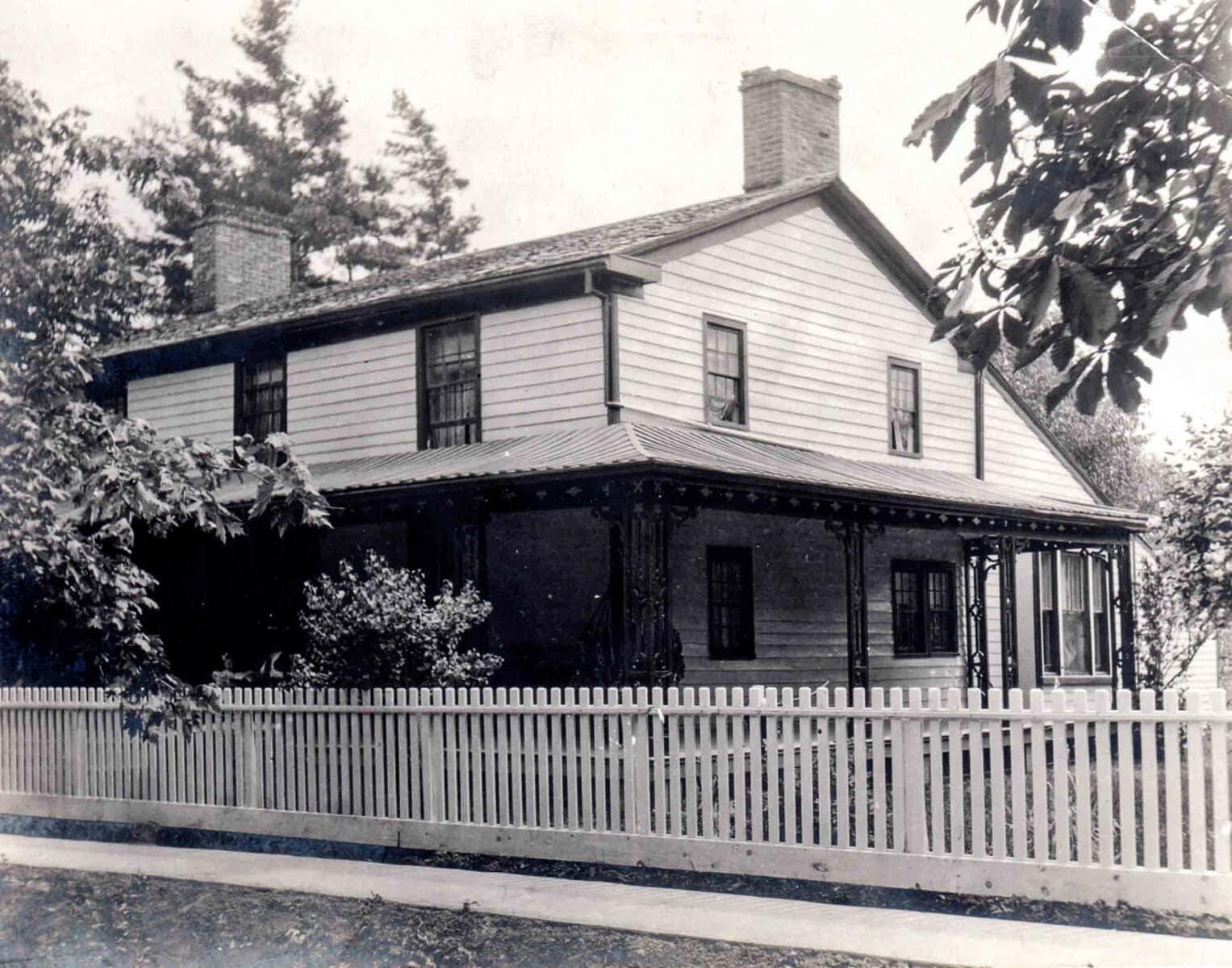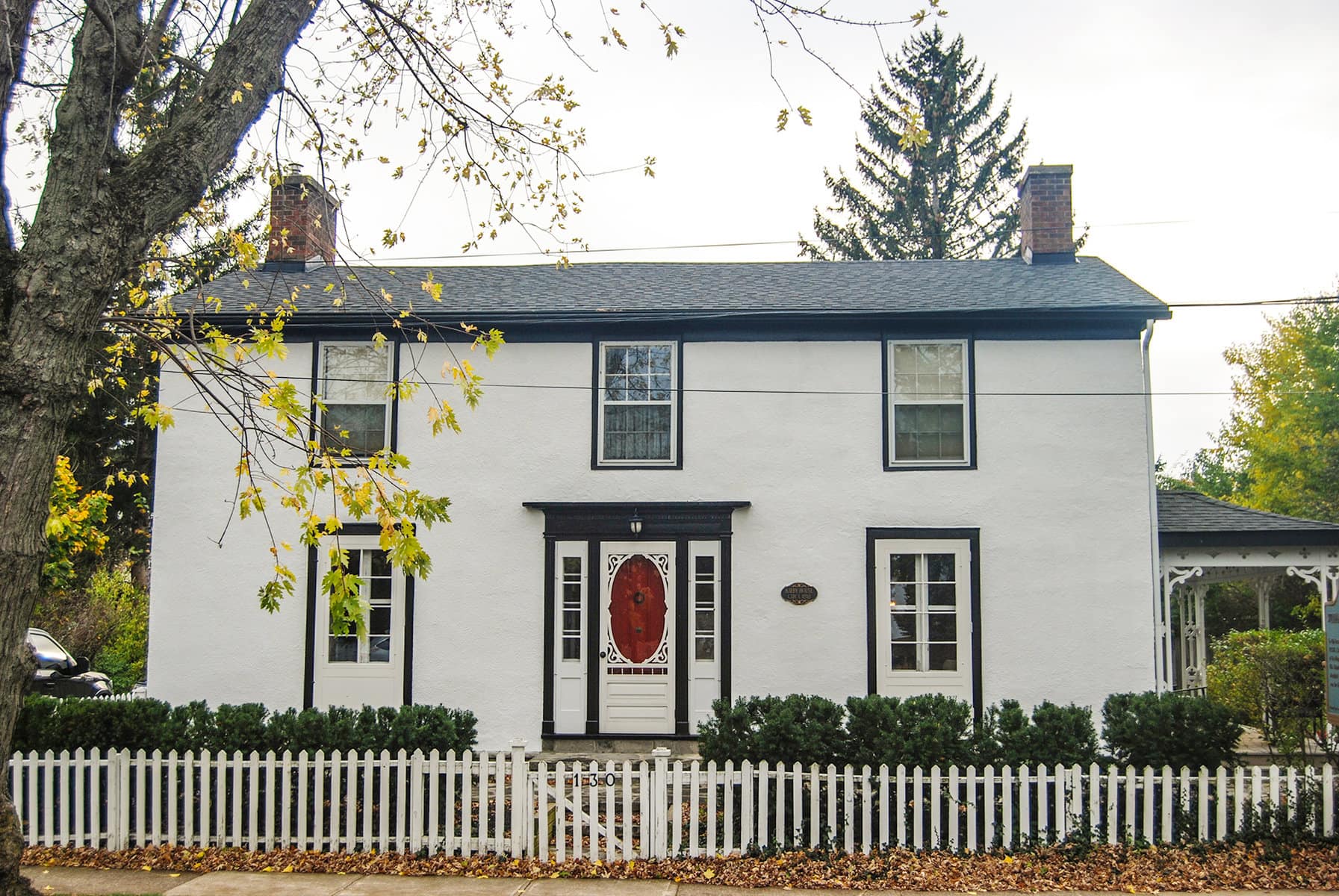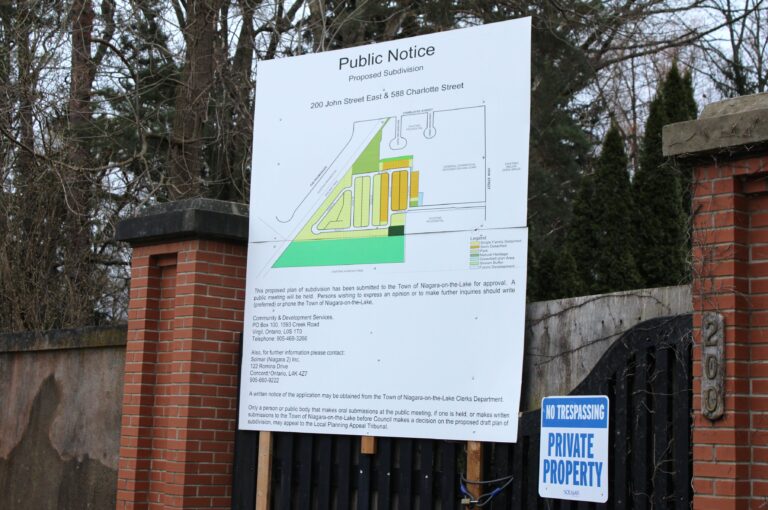I don’t believe it is an overstatement to say that, for the first time in the history of Ontario, we have a government that is actively mounting an assault on provincial heritage.
Whether it be built heritage, cultural heritage or the protection of ecological features (very often a “character defining element” in a historical context), it appears there is little that Premier Doug Ford’s government is not prepared to sacrifice on the altar of development.
In a few short years, this government has, through a series of provisions contained within various bills passed under the PCs’ majority, systematically weakened the ability of municipal governments to protect the heritage and historic character of the landscapes within their boundaries.
And, where individual development applications may still have fallen within local control, this government has been shamelessly profligate in issuing ministerial zoning orders – dictatorial orders that bypass all existing legislation – to approve said applications.
Further, it has chiselled away at your rights as an individual property owner to designate.
However, despite the Ford government’s heritage protection dismantling agenda to date, the primary power still rests in the hands and minds of individual property owners.
You can make a difference.
You, by choosing to designate your property, can directly contribute to the preservation of your community’s unique character.
Now, before we turn to one couple who has stepped up to do just that, it may be beneficial to dispel a couple of misconceptions around heritage designation.
Foremost among these mistaken impressions is that your house must be “old” – that is simply not the case.
There are properties spotted across the province that, at the time they were designated, were less than 25 years from the build date: the Ron Thom-designed home at 4 Old George Place in Toronto and the Campbell Scott House at 89 Byron St. right here in NOTL being two quick examples.
In fact, of the nine designation criteria set out in Ontario Regulation 9/06 (a property must meet two of these criteria in order to receive designation), not a single one speaks to the age of a building or property as being a critical or necessary component of Part 4 designation.
On the contrary, if each of the following three examples – drawn from that list of nine criteria – are carefully considered, a structure built last year may well qualify for designation:
- “The property has design value or physical value because it is a rare, unique, representative or early example of a style, type, expression, material or construction method.”
- “The property has design value or physical value because it displays a high degree of craftsmanship or artistic merit.”
- “The property has design value or physical value because it demonstrates a high degree of technical or scientific achievement.”
Next on our list of misconceptions is the notion that heritage designation has an adverse effect on the resale value of a property in the event an owner wishes to sell it – a belief that is completely incorrect.
In March, McMaster University published a study entitled “Investigating the Impact of Heritage Property Designation on Real Estate Value.”
This was the most comprehensive research ever conducted in Canada that considered this topic.
The study spanned from 1983 to 2019 (36 years) with a total sample size of 178,035 sold resale properties, located in 10 municipalities serviced by Realtors Association of Hamilton-Burlington.
The conclusion reached by this study was “that heritage designations are positively associated with sale prices of residential properties.”
In other words, the “sold” prices fetched by designated properties were consistently higher than those of comparable non-designated properties.
Bluntly, designation makes a property more valuable when sold on the open real estate market.
For those of us who follow such things, this conclusion came as no surprise – McMaster’s findings were consistent with other studies conducted here in Canada, the United States and other international locales.
Incidentally, there is no fee associated with an application for heritage designation. The process is straightforward and not onerous in the least.
Should you happen to own a “historic” property, the Niagara-on-the-Lake Museum has a wealth of information related to town properties (and the past owners) that is easily accessible. Town planning staff are invariably helpful during the process.
Moreover, the Town of Niagara-on-the-Lake has a grant program that helps owners to defray costs associated with the maintenance and upkeep of heritage designated properties.
So, a few weeks ago I had the opportunity to sit down with the lovely couple who own the William Kirby House on Front Street and chat about heritage designation.
Now, although their house happens to be “old” – built circa 1818 – and is representative of local early 19th-century housing design, perhaps its most significant attribute is not in the architecture but rather in its association with William Kirby.
For roughly six decades (1855 to 1906), this dwelling at 130 Front St. was the principal residence of William Kirby. He was owner and editor of the Niagara Mail during the mid-1800s and a published poet whose works were acknowledged by Tennyson.
Kirby authored a number of books, one of which was the first Canadian international “bestseller” entitled “The Golden Dog,” a work of historical fiction set in Quebec City that was lauded by Queen Victoria herself.
His public service record included being the reeve of Niagara, a magistrate of Lincoln and was appointed collector of customs under the auspices of Sir John A. Macdonald’s government.
Among his many other accomplishments, Kirby was a founding member of the Royal Society of Canada, a driving force in the formation of Canada’s copyright laws and an outspoken 19th-century advocate of Canadian nationalism. He believed that the future of Canada was as a bicultural, bilingual country.
In short, Kirby’s many and varied undertakings had a profound influence on his community, the province, the emerging country of Canada and international interest in this new nation.
That said, this important local landmark had not been designated and, while I had absolutely no doubt that its current owners would be loving stewards during their tenancy, designation is about protecting cultural heritage assets and community character into the future. And, it carries benefits, only a few of which I’ve outlined in this column.
After careful consideration – which included reading the McMaster study – the owners of the Kirby house elected to move forward with its designation and the application was filed last week. It’s a decision I applaud them for.
As a final note, it’s my opinion that heritage designation is the single strongest method we have in Ford’s Ontario to protect the character of our communities.
It’s certainly not bulletproof, but it is the best tool in our kit box.
Feel free to contact me if you’d like to explore heritage designation. I promise to assist where and as I can.
Brian Marshall is a NOTL realtor, author and expert consultant on architectural design, restoration and heritage.












